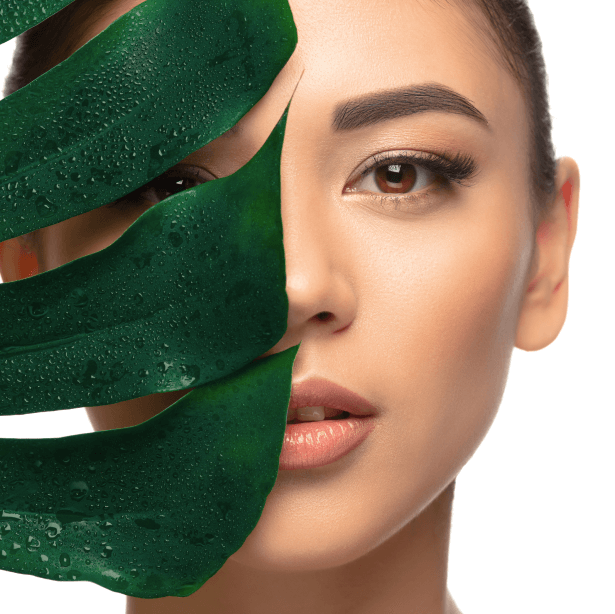In the quest for eternal youth and holistic well-being, medical and cosmetic procedures continually evolve to offer innovative solutions. Platelet-rich plasma (PRP) injections have emerged as a groundbreaking therapy, responding to a diverse set of needs, from injury recovery to aesthetic enhancement. This comprehensive guide unveils the science behind PRP injections, the conditions they can improve, the process of receiving PRP therapy, and what you need to consider before opting for this treatment.
What is plasma and what are platelets?
Before we explore PRP, it’s essential to understand the components that make it up. Plasma is the liquid portion of the blood that carries red and white blood cells and platelets. It serves as a regulator for blood clotting and immune system function. Platelets, on the other hand, are critical for healing wounds and preventing excessive bleeding. They initiate repair and growth factors essential for rejuvenation and recovery.
What is a PRP injection?
PRP injections involve using the patient’s blood to isolate and concentrate platelets. The resultant plasma, which contains a much higher amount of platelets than typically found in the blood, is then injected into the targeted area. This concentrated dose of platelets, along with white blood cells and other growth factors, is designed to promote the healing of injured tendons, ligaments, muscles, and joints; can be used to treat arthritis, fractures; and enhance cosmetic procedures.
How are PRP injections performed?
The process begins by drawing a small amount of blood from the patient, typically from their arm. The blood is then placed in a centrifuge, which is a machine that spins rapidly to separate the components of blood. After the plasma is isolated and further concentrated, a healthcare professional will inject the PRP directly into the damaged tissue area, such as a knee for osteoarthritis or into specific areas of the scalp for hair restoration.
How do PRP injections work?
The growth factors in the platelets work to improve wound healing by increasing tissue synthesis. It jump-starts the body’s natural processes into overdrive to repair and regenerate tissue. In the context of cosmetic enhancements, it accelerates collagen production and promotes a smoother complexion. For those with sports injuries, PRP theoretically speeds up the recovery process.
What injuries can PRP injections treat?
PRP therapy has shown positive results in the treatment of a range of injuries, including:
- Tendon injuries
- Acute ligament and muscle injuries
- Arthritis
- Postsurgical repair
- Chronic pain conditions
However, the full range of conditions treatable by PRP is still being researched and defined, and individual patient outcomes can vary.
PRP Injection Side Effects
While the procedure is generally considered safe, there are some side effects to be aware of, including:
- Increased pain at the injection site
- Risk of infection
- Tissue damage
- Nerve injuries
Before proceeding with PRP injections, it’s crucial to discuss the procedure extensively with healthcare providers to weigh the potential benefits against the risks.
FAQs
Is platelet-rich plasma the secret to younger-looking skin?
PRP injections have become popular in the cosmetic industry as a ‘natural’ way to enhance skin texture and complexion. They claim to stimulate collagen production, reduce signs of ageing and improve skin quality. While some patients report successful results, these claims should be approached with cautious optimism.
What exactly is PRP?
PRP, or platelet-rich plasma, is a component of your blood that contains growth factors that are commonly found in the bloodstream. By injecting concentrated PRP into an injured or aging area, practitioners aim to accelerate and improve the healing and rejuvenation process.
Few studies conducted in people
Despite its rising popularity, PRP’s efficacy is still a topic of debate. The number of controlled studies in people is relatively small, and the existing evidence is, at best, preliminary. Its specific benefits for cosmetic purposes, in particular, require further validation through extensive clinical trials.
Is PRP safe?
The PRP process uses your body’s natural components and is generally considered safe. Like any medical procedure, there are risks, which may include infection, nerve injuries, and pain at the injection site. Understanding these risks and their likelihood is crucial before undergoing PRP therapy.
How long does it take to see results?
The timeframe for results can vary greatly depending on the individual and the condition being treated. Some patients report seeing improvements within a few weeks, while others may require multiple treatments over several months to notice a difference.
How many PRP injections do you need?
This can depend on the injury or condition, as well as the patient’s response to treatment. For best results, a customized treatment plan will be developed in consultation with a healthcare professional. In some cases, a single injection may suffice, while chronic conditions may require multiple injections.
Who can have PRP rejuvenation?
PRP therapy is not suitable for everyone. Patients with certain blood disorders, anemia, cancer, or those taking blood-thinning medications may not be candidates for PRP injections. A thorough evaluation by a qualified provider will help determine if PRP is an appropriate treatment for you.
How long do the results last?
The longevity of PRP treatment outcomes is another area that requires additional research. For some conditions, the effects may be relatively long-lasting. However, periodic maintenance injections may be necessary to sustain cosmetic improvements.
How much does it cost?
The cost of PRP therapies can vary widely depending on the provider, the expertise required, and the geographic region. It’s essential to consider this aspect alongside the potential benefits when deciding if PRP is right for you.
Is PRP right for you?
PRP injections offer a promising approach to various medical and cosmetic needs. However, individual responses can vary, and the procedure may not be suitable for everyone. It’s crucial to have a detailed consultation with a healthcare professional to assess your eligibility, understand the potential outcomes, and address any concerns you may have about the procedure.
In conclusion, PRP injections represent a multifaceted approach to health and wellness, bridging the gap between traditional medicine and cutting-edge technology. While it’s not a panacea and its benefits are not yet fully understood, the potential applications of PRP therapy continue to expand. For those considering PRP injections, it’s important to approach the decision with information, realistic expectations, and a qualified healthcare team to guide you along the way.

